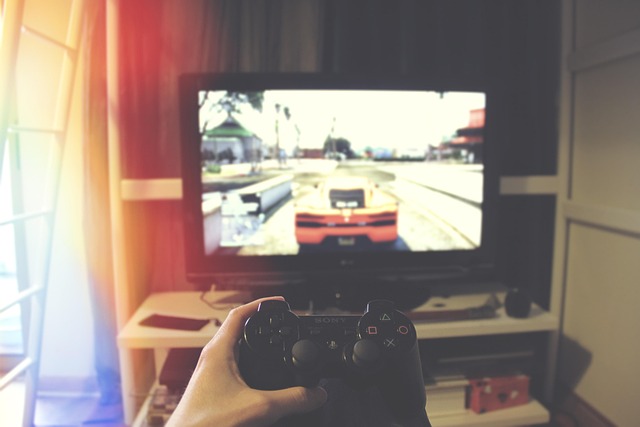In recent years, the world of gaming and eSports has been transformed dramatically, with visual effects playing a pivotal role in this evolution. As players and viewers alike immerse themselves in a virtual environment, the stunning visual effects contribute to a level of engagement that is simply unmatched. It’s no longer just about gameplay; it’s an entire sensory experience that captivates audiences around the globe.
Consider the intricate designs of modern games that utilize cutting-edge graphic technology. Each explosion, every character animation, and the subtleties of the environment are crafted with such precision that they not only enhance gameplay but also elevate the overall experience for players. The importance of visual effects in games cannot be overstated; they create an atmosphere that enhances emotional involvement and makes each gaming session memorable. As the bar for quality is raised, developers push their creative boundaries, leading to more immersive experiences for players.
In the realm of eSports, these visual effects take on an even greater significance. With tournaments streamed live to millions of fans, the visual presentation becomes crucial in creating an engaging viewing experience. Spectators want to feel connected, to witness every moment in vivid clarity. Great visual effects can bring out the intensity of the competitions, allowing viewers to appreciate the skills of the players as they navigate complex challenges and execute expert strategies. This alignment between stunning graphics and skilled play not only draws in more fans but also legitimizes eSports as a mainstream competitive platform.
The influence of visual effects extends beyond mere aesthetics; it has a considerable impact on player performance as well. Enhanced visuals can help players better navigate the game world, with clearer indicators of enemy actions or resource availability that can be graphically represented. When developers focus on crafting detailed and visually appealing game environments, players are often able to respond more quickly and effectively, leading to improved outcomes in competitive settings.
The gaming industry at large has recognized this trend, with many studios investing heavily in state-of-the-art rendering technologies and graphics engines. Titles that once relied on pixelated graphics have evolved to showcase lifelike characters and richly detailed landscapes that draw players into the fictional worlds. Games like “League of Legends,” “Overwatch,” and “Dota 2” exemplify how exceptional visual effects have contributed to their popularity and success in the eSports arena. The gripping visual storytelling embedded within these games creates a strong connection between players and their avatars, further driving the competitive spirit.
Moreover, the expansion of virtual and augmented reality has opened new avenues for enhancing visual effects in gaming. These technologies are pushing the limits of what’s possible, incorporating immersive environments that challenge players’ perceptions and reflexes like never before. As these experiences become more accessible, the interplay between visual effects and gameplay will likely continue to grow, further revolutionizing the industry.
Furthermore, as we delve deeper into the future of gaming, we witness a trend toward artistry in visual effects that goes beyond realism. Stylized graphics and innovative designs are becoming increasingly popular, showcasing the potential for creativity in game development. This opens doors for indie developers to experiment with their unique visions, thereby enriching the overall diversity in gaming and eSports.
In summary, visual effects are an essential pillar supporting the growth of gaming and eSports. They elevate user engagement, enhance performance, and create a visually stunning experience that resonates with both players and audiences alike. As technology continues to advance, we can expect visual effects to play an even more significant role in shaping the future landscape of competitive gaming.




